How streaming (has) changed
film music, too
We have fully arrived in the age of streaming. The way in which films and series are consumed has changed fundamentally thanks to platforms such as Netflix, Disney+ and Amazon Prime. This also affects film music and has both positive and negative aspects. Platforms such as Spotify and Tidal have created new ways of distributing film music. At the same time, however, producers and film composers are also facing new challenges. In this article, we look at how streaming has changed film music - and what developments there could be in the future.
Changed listening behavior
In the streaming age, people often listen to film music independently of the movie. For example, as background music while working or relaxing. This has led to soundtracks increasingly being perceived as musical works in their own right. Streaming has “liberated” film music from its original context – with both positive and negative consequences. On the one hand, new listening habits and greater reach for film musicians are emerging, while on the other hand, classic soundtracks are increasingly disappearing from perception as self-contained works.
There are other interesting aspects: Although the TV screen is still the number one playback medium, even for platforms such as Netflix, it is followed by the cell phone (!) and the computer, which together account for just as much share as the screen. Compared to TV, the technical conditions on the user side have therefore changed. Whereas in the past, film music was often aimed at large speakers in cinemas, today there is a mobile-optimized downmix as a matter of course.

Increased accessibility
Streaming platforms have made film music more accessible than ever before. Soundtracks are often released at the same time as the movie or series on platforms such as Spotify or Apple. For example, fans can listen to the music separately immediately after watching a movie or series. As a result, even small productions potentially have a greater reach through streaming than was ever possible in the past. Incidentally, many playlists mix film music with neoclassical, ambient or electronic soundscapes – a trend that reinforces the influence of film music on other musical genres and at the same time places the classical score in new aesthetic contexts.
Algorithms and curated playlists
Audio streaming platforms, for example, use algorithms to place soundtracks in personalized playlists. Film music is therefore simply one data point among many. Streaming services such as Spotify, Apple Music and YouTube Music use sophisticated algorithms to present their users with personalized playlists. These algorithms are based on a variety of factors, including listening behavior, dwell time, skip rates and even moods, which can be extracted from music through AI-supported analysis.
This has several consequences: First, soundtracks are increasingly “loose collections” rather than coherent works, blurring the lines between score, song and soundscape. Secondly, there is a clear trend towards shorter, algorithm-friendly compositions – the first few seconds make the difference between success and failure. In practice, this leads to film music being composed in a more compact, “hook-heavy” and/or mood-oriented way. Thirdly, the power of recommendation systems dominates: Film music from lesser-known productions can achieve unexpected viral success, while iconic but bulkier compositions get lost in the crowd.

Challenges for film composers
Streaming places new demands on film music in terms of content, technology, and form. Since many viewers watch films and series on mobile devices with headphones, the music often has to be mixed differently. This can also have an impact on the composition and production process. In addition to adapting to smaller speakers and headphones, playlists and algorithms ensure that film music can become independent of the film. Therefore, music must be created that both works (unobtrusively) within the context of the film and is, if possible, a standalone work.
More original scores for streaming series
In addition to the challenges mentioned above, there are also opportunities. Streaming services are producing more and more exclusive content, which has increased the demand for tailor-made scores. Series like “Stranger Things” and “The Mandalorian” have produced iconic soundtracks that are directly connected to the platforms.
Film music as a marketing tool
Streaming platforms are now increasingly using film music as a marketing tool. Catchy themes (or songs) can significantly enhance the branding of a film or series. Merchandise is also being used to foster brand loyalty.

Summary
Film music has become more accessible through the shift away from cinema and linear TV to streaming and media libraries. The recent changes have also strengthened the significance of film music as an independent art form. Composers face challenges, but also have the opportunity to reach a larger and more diverse audience. The future of film music could be even more strongly shaped by playlists and algorithm optimization, which is likely to further influence compositional styles and production methods.
- Changed listening behavior
- Increased accessibility
- Algorithms and curated playlists
- Challenges for composers
- Original scores for streaming series
- Film music as a marketing tool
Kontakt
JP Composers
Julian Pešek (Einzeluntermehmer)
Südstraße 45
04178 Leipzig
Telefon: +49 171 9101572
Mail: julian@jp-composers.com
